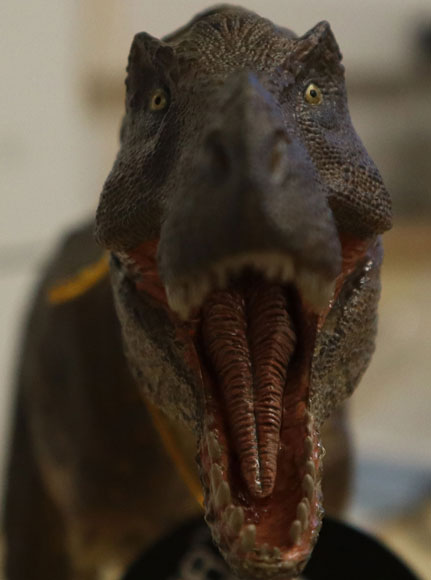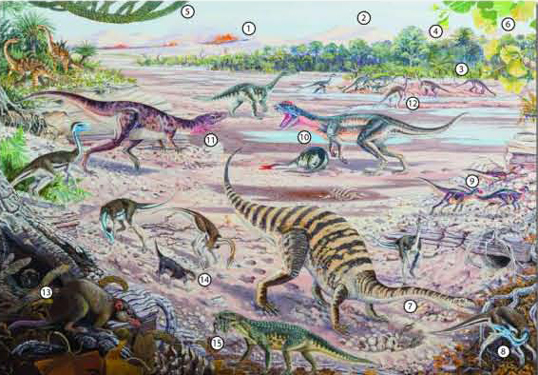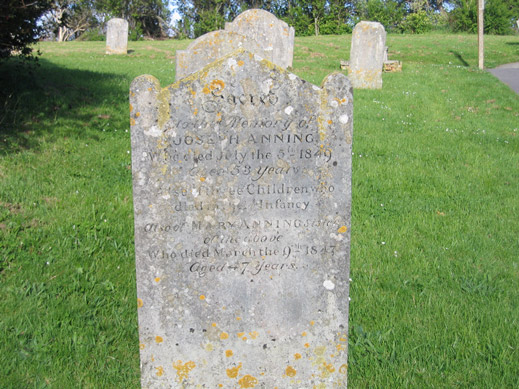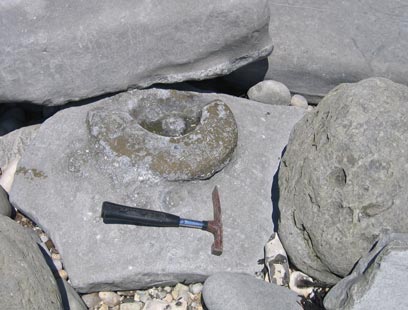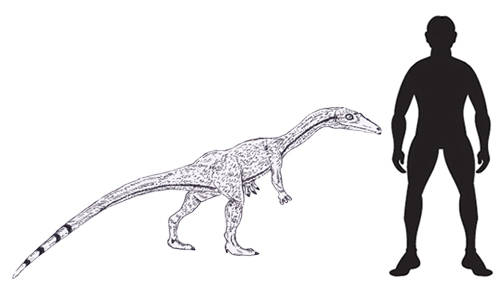Important and influential figures in science or from other related areas concerning dinosaurs and prehistoric animals.
Happy Birthday to Richard Dawkins
Professor Richard Dawkins is Seventy Today
Professor Dawkins, a Fellow of the Royal Society and the Royal Society of Literature, a recipient of numerous other awards and accolades is seventy today. Many happy returns Professor. In 2008, Channel Four (United Kingdom), broadcast a three-part television documentary entitled “The Genius of Charles Darwin”, a series that examined the legacy and work of that great scientist and thinker. These programmes were very well made and highly informative.
The professor played a significant role in creating the television series. A graduate of Oxford University, he is a prominent evolutionary biologist and science writer.
Professor Dawkins
Professor Dawkins has written many books. Most of these books have been bestsellers. He writes in support of the theory of evolution, natural selection and Darwinism. At the moment, one of the team members at Everything Dinosaur is reading “The Greatest Show on Earth”, a book which was first published in 2009,. The book commemorates the 200th anniversary of the birth of Darwin and the 150th anniversary of the “Origin of Species” being first put into print.
Supporting the Theory of Evolution
This book outlines the evidence in support of evolution, it is a most educational and entertaining read. Professor Richard Dawkins puts across his point of view and explains scientific principles with tremendous enthusiasm. He has a rare gift of being able to explain complex issues in such a way as to make the subject eminently understandable.
Our behalf of Everything Dinosaur, we wish Professor Dawkins a happy birthday.
In the meantime, for dinosaur themed toys and gifts visit: Everything Dinosaur.


